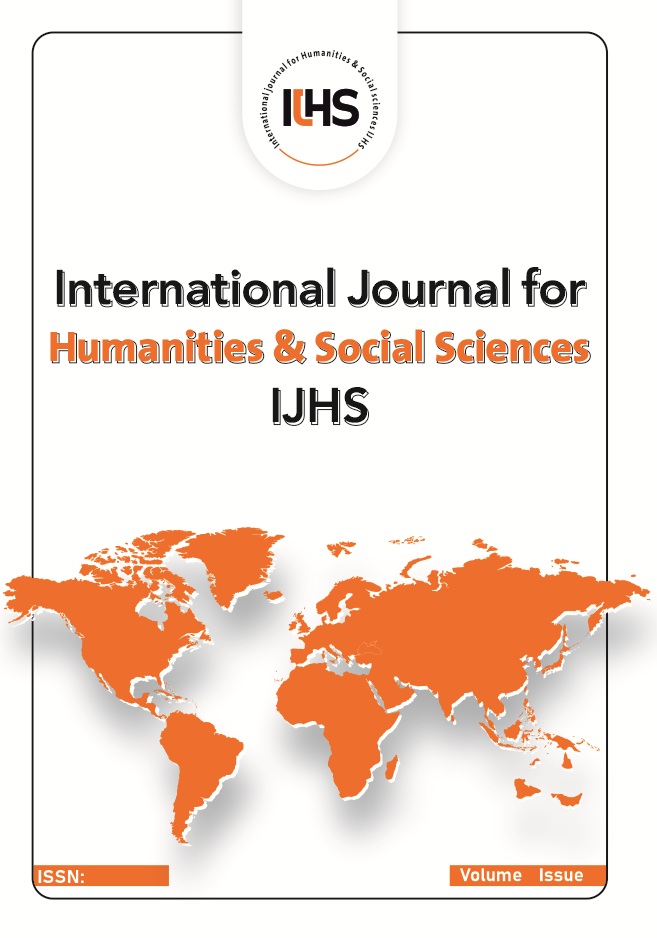The Colonizer-Colonized Relationship and Racism: 'Partition 2007' Movie Analysis
Main Article Content
Abstract
This paper deals with analysing the film "Partition" 2007 that portrays the actions of violence and hatred between the two nations, Islamic, from one side, and Sikh and Hinduism, from the other side, during the partition of the Indian subcontinent into India and Pakistan. This kind of film often addresses the problems that are consequences of colonial activities of the European countries on colonized nations. In fact, this hatred is one of the outcomes of British colonialism which was responsible for raising the racism between Muslim and other groups of Hindi society. It is known that analysing a film may deal with one of the following aspects of the author's work: the characters, the theme, the form, and the language. This paper is going to analyse the film 'partition' focusing on the themes mentioned in this film. This analysis will help in understanding the real relationship between Indian people and British, and between Hindus, Sikhs, and Muslims. Moreover, this paper will show the effects of the process of the partition upon the people of India till nowadays. This paper includes an introduction and three sections. In the first section, the writer presents the definitions of some postcolonial terms with their applications in the film. The second introduces India before and after the partition to give the reader more comprehension about the reasons for the partition. Section three includes a summary of the film 'partition' and the analysis of the themes that Vic Sarin addressed in the film. This paper found that the attempts of Britain to create racial segregation among Indian people succeeded in achieving some and failed in other goals.
Article Details

This work is licensed under a Creative Commons Attribution 4.0 International License.
International Journal for Humanities and Social Sciences (IJHS) is licensed under the http://creativecommons.org/licenses/by/4.0, which allows users to copy, create extracts, abstracts, and new works from the article, alter and revise the article, and make commercial use of the article (including reuse and/or resale of the article by commercial entities), provided the user gives appropriate credit (with a link to the formal publication through the relevant DOI), provides a link to the license, indicates if changes were made, and the licensor is not represented as endorsing the use made of the work. The authors hold the copyright for their published work on the IJHS website, while IJHS is responsible for appreciate citation of their work, which is released under http://creativecommons.org/licenses/by/4.0, enabling the unrestricted use, distribution, and reproduction of an article in any medium, provided that the original work is properly cited.

